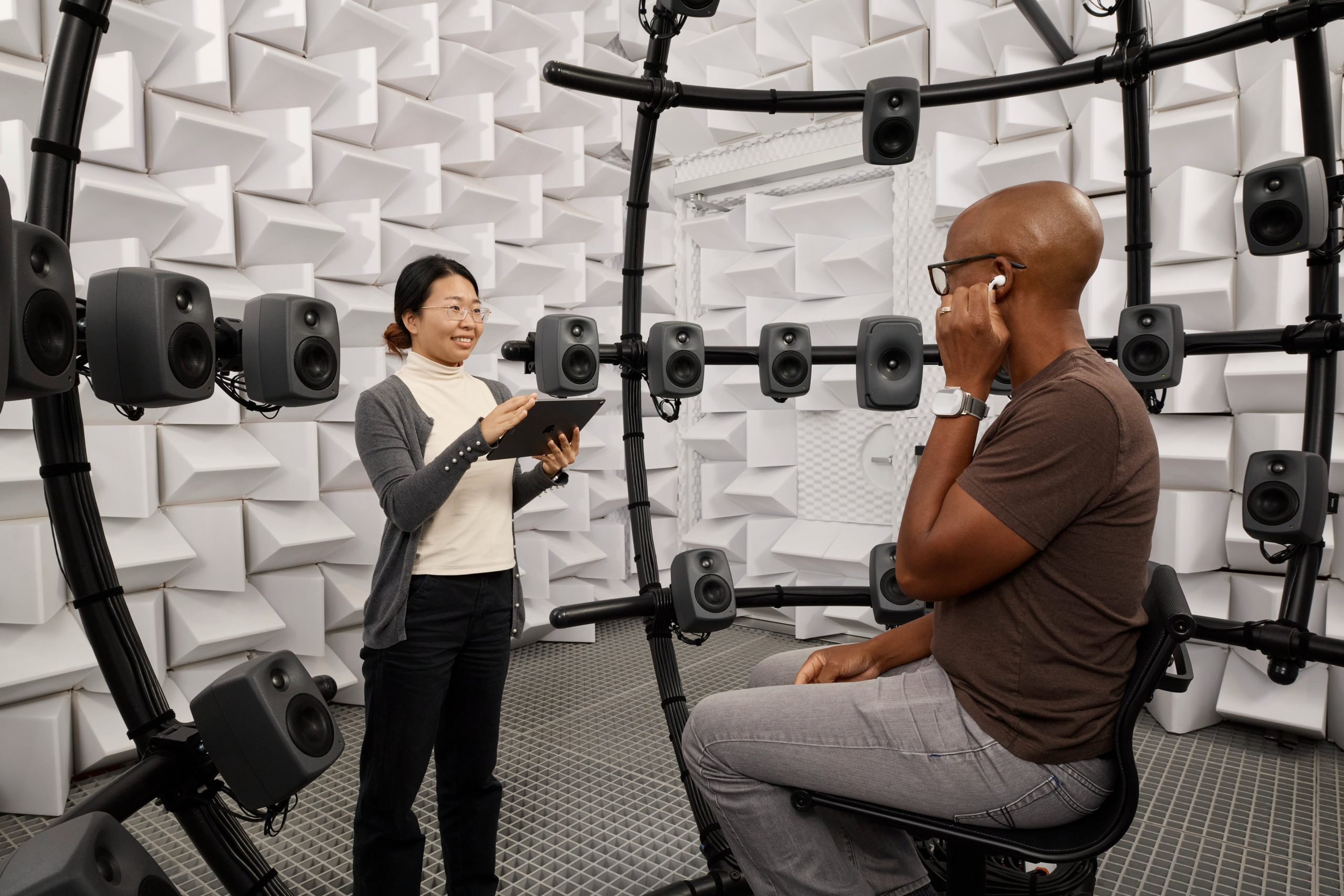The Aging Population and the Rise of Hearing Loss
The inexorable march of time affects us all, and for many, this includes a gradual decline in hearing acuity. According to the World Health Organization, a staggering 2.5 billion people are projected to experience some form of hearing loss by 2050. This demographic shift presents a significant challenge, but also a massive opportunity for technological innovation. While not explicitly designed as such, Apple’s AirPods, and their accessibility features, are quietly becoming a part of the solution.
AirPods: Beyond Music and Calls
Initially conceived as premium wireless earbuds, AirPods have evolved into versatile devices with surprisingly impactful accessibility features. For those experiencing age-related hearing loss, the ability to amplify sound via AirPods, coupled with iOS’s built-in accessibility settings, provides a subtle yet powerful aid. While not a replacement for a medically prescribed hearing aid, AirPods offer a convenient and often more affordable solution for mild to moderate hearing impairments, especially for individuals who may be hesitant to embrace traditional hearing aids. This “hearing aid lite” functionality is largely under the radar, yet represents a significant development in assistive technology.
Accessibility Features and the Future of Hearing Assistance
Apple’s commitment to accessibility is evident in the intricate features woven into its operating system and device integrations. The ability to customize audio adjustments, utilize live listen functionality, and even integrate with external hearing aids through Made for iPhone (MFi) certification, demonstrates a proactive approach to catering to a diverse user base. This integration allows users to fine-tune the audio experience to their specific needs, potentially mitigating the effects of hearing loss in everyday situations. While the AirPods themselves aren’t medical devices, their ability to seamlessly integrate with assistive listening technologies highlights their potential as a valuable tool in the fight against hearing loss.
Conclusion: The Unintended Consequence of Innovation
The accessibility features within AirPods, and other similar wireless earbuds, represent an unexpected but potentially transformative development in addressing the global challenge of hearing loss. While not a complete solution, they offer a cost-effective and discreet alternative for many, potentially bridging the gap between needing assistance and actively seeking it. As technology continues to advance, we can expect further refinements in this area, potentially leading to even more integrated and sophisticated solutions. The evolution of AirPods showcases how seemingly ordinary technology can have profound and unexpected impacts on people’s lives, quietly revolutionizing accessibility for millions.
Based on materials: Vox





